
Animalism is a popular genre in painting from prehistoric times
Animalism is an art genre in which animals are the most important subjects of representation. The protagonists of works in animalistic painting, sculpture, photography, and graphics are often wild animals and birds. In animalism, animals are always depicted in close-up, with varying degrees of scientific accuracy. Both impeccably naturalistic depictions from a biological standpoint and artistic canvases featuring anthropomorphic characters are popular with audiences.
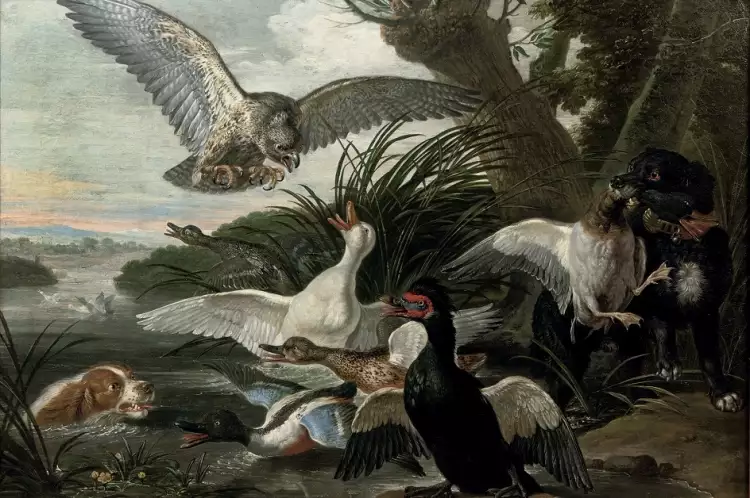 Animalism. David de Coninck. Duck hunting
Animalism. David de Coninck. Duck hunting
The History of Animalism
Animalism rightfully claims to be the oldest genre of visual arts. In various corners of the world, a vast number of cave paintings have been discovered, dating back tens of thousands of years. Distant ancestors depicted animals in scenes of hunting and sacrificial offerings. Unknown creators of the Stone Age drew with great emotional expressiveness, striving to accurately convey the proportions and characters of the subjects.
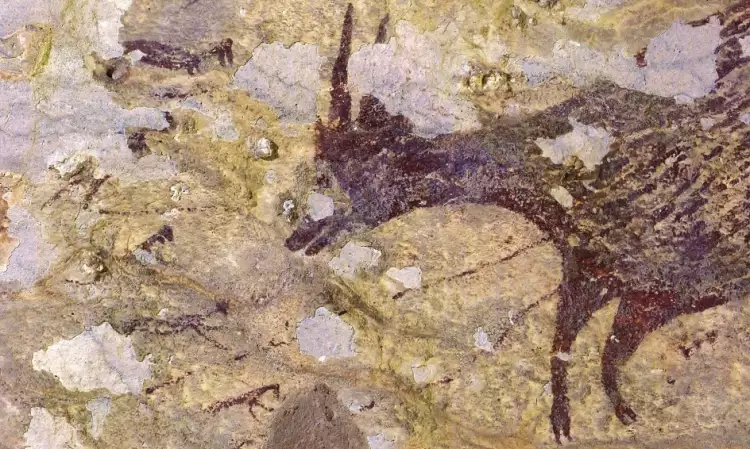 Animalism. The drawing on the wall of the cave
Animalism. The drawing on the wall of the cave
Animalism was also well-developed in Ancient Egypt. Elegant depictions of animals are found in the murals of palaces and tombs. Masters of that time sought to organically and realistically depict the natural world. Particularly noteworthy are portraits of gods with animal heads: falcon, jackal, crocodile, donkey. In these majestic images, one can clearly see human reverence for higher powers.
In Ancient Japan and China, animalism experienced significant influence from Buddhism. Paintings from that era are filled with harmony, special beauty, hidden symbols, and hints. Chinese masters skillfully painted not only with charcoal and paints but also with ink.
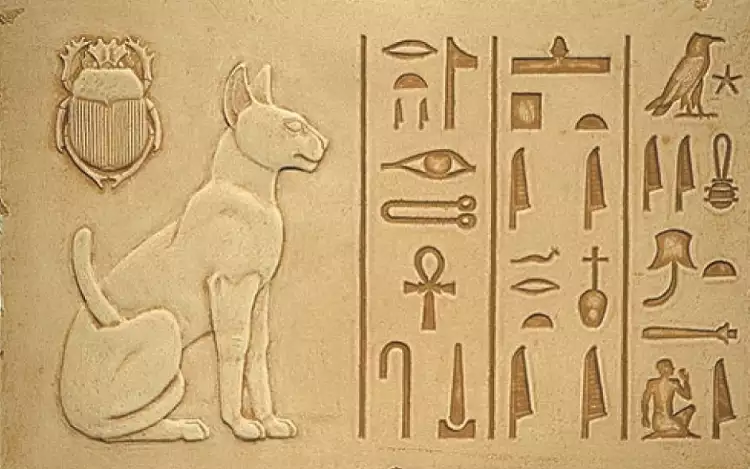 Animalism. Images of a cat and scarab beetle on palace walls in ancient Egypt
Animalism. Images of a cat and scarab beetle on palace walls in ancient Egypt
In European art, animalism began to flourish in the Middle Ages with the appearance of bestiaries — collections of articles with scientific descriptions and illustrations of animals. Drawing masters portrayed not only real but also imaginary animals — manticores, basilisks, griffins. Many works of that time are characterized by allegorical and fairy-tale plotlines.
In the Renaissance era, new artistic techniques and genres began to emerge in painting. Images became more realistic, and landscape themes were popularized. Animals were present to varying degrees in the works of famous Renaissance masters such as Leonardo da Vinci and Rembrandt. German painter Albrecht Dürer created numerous animalistic engravings. Rubens, in his distinctive style, painted striking and colorful canvases on the theme of hunting. Dutch still-life masters also made a significant contribution to the development of the genre. Their animalistic paintings were filled with feelings of respect and admiration for nature.
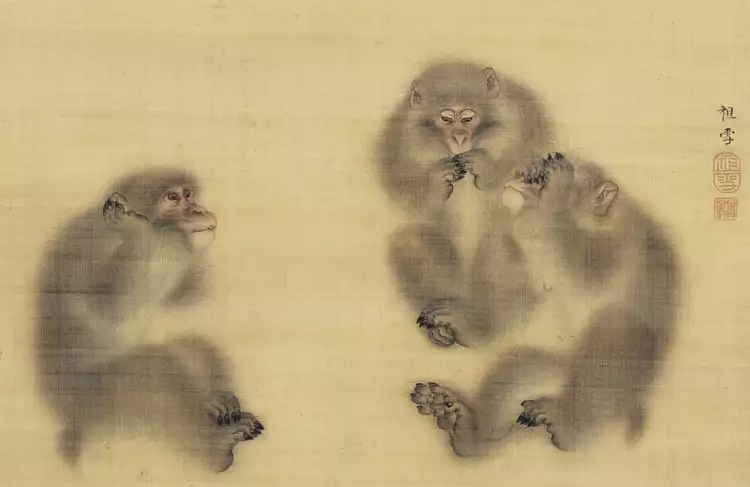 Animalism. Mori Sosen. Three monkeys
Animalism. Mori Sosen. Three monkeys
Animalistic themes are present in artworks of various art movements:
In the 19th century, the works of most animalists showed a tendency towards a more realistic portrayal of animals. The exception was illustrations for fairy tales and fables, where animals were often given human characteristics.
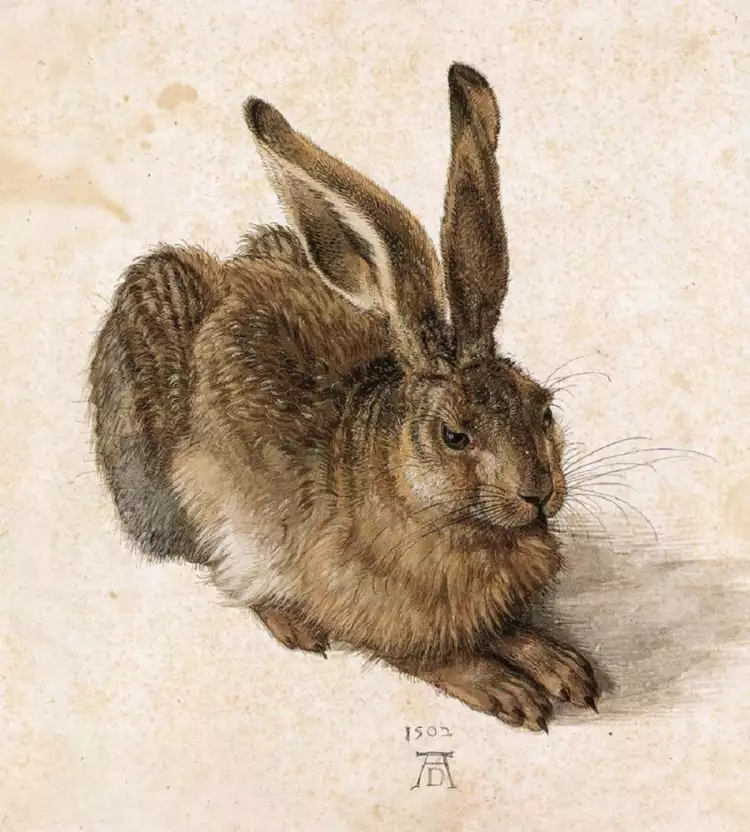 Animalism. Albrecht Dürer. Young Hare, 1502
Animalism. Albrecht Dürer. Young Hare, 1502
In the 20th century, numerous new modernist movements emerged in painting. Animalistic themes took a back seat, but they were clearly present in many works:
- Expressionists.
- Primitivists.
- Cubists.
- Surrealists.
In contemporary times, masters of the animalistic genre have unlimited access to high-quality images of nature. In the age of digital technologies, artists finally have the amazing opportunity to observe the drawing subject in photographs and high-resolution video files. Many works by modern animalists are practically indistinguishable from photos.
Famous Animalist Artists
Masters of the animalistic genre from different eras share a love for nature. Animals in their paintings have long become part of the world's visual art heritage, evoking feelings of admiration from viewers.
Yi Yuanji (around 1000 – around 1064) – an ancient Chinese master of painting, widely known for his depictions of animals on paper, silk, and objects of applied art (fans).
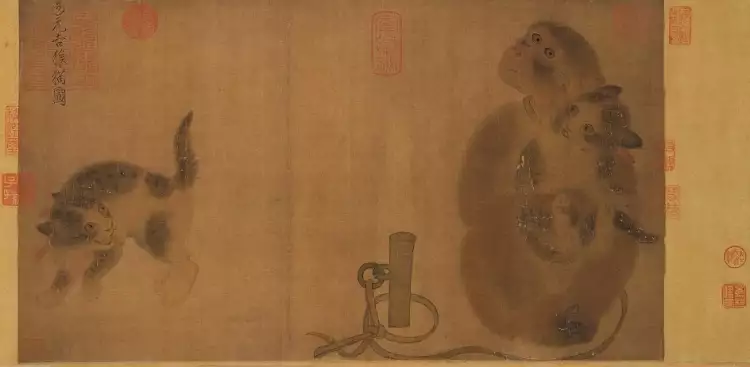 Animalism. Yi Yuanji. Monkey and cats
Animalism. Yi Yuanji. Monkey and cats
Frans Snyders (1579-1657) – a Dutch master of still life and animalistic painting in the Baroque style, famous for his striking canvases on the theme of hunting.
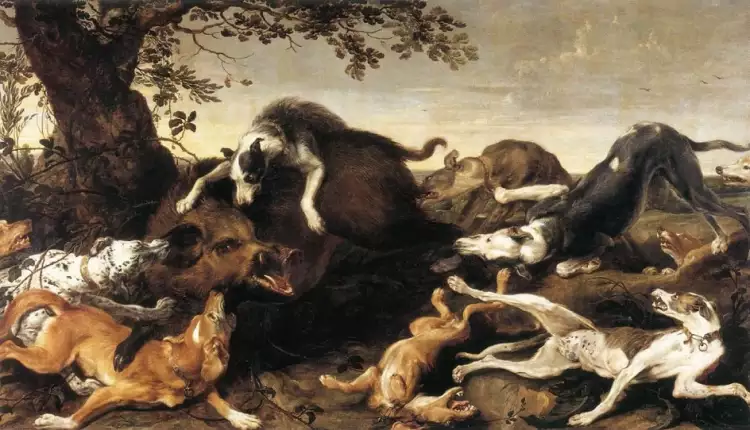 Animalism. Frans Snyders. Boar hunting, 1625-1630
Animalism. Frans Snyders. Boar hunting, 1625-1630
George Stubbs (1724-1806) – an English painter and certified biologist, distinguished by impeccably naturalistic depictions of animals in his paintings.
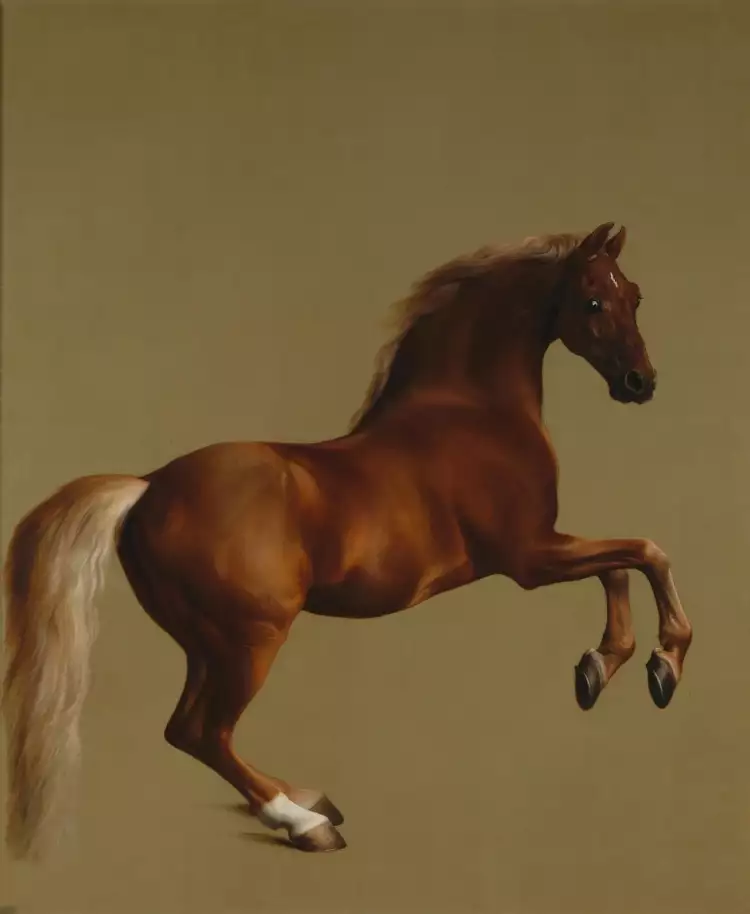 Animalism. George Stubbs. Whistlejacket, 1762
Animalism. George Stubbs. Whistlejacket, 1762
Valentin Serov (Russian: Валентин Серов) (1865-1911) – a Russian portraitist, left a series of vibrant illustrations for Ivan Krylov's (Russian: Иван Крылов) fables.
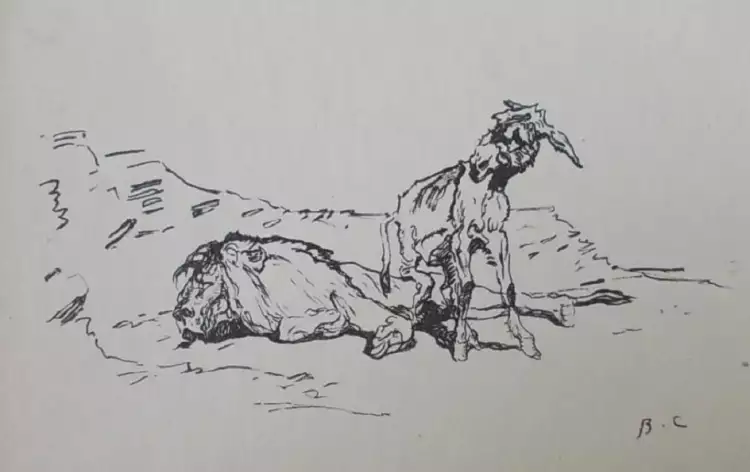 Animalism. Valentin Serov. Illustration to the fable The Lion in Old Age
Animalism. Valentin Serov. Illustration to the fable The Lion in Old Age
Franz Marc (1880-1916) – an outstanding German expressionist, a master of bold color transitions and abstract subjects.
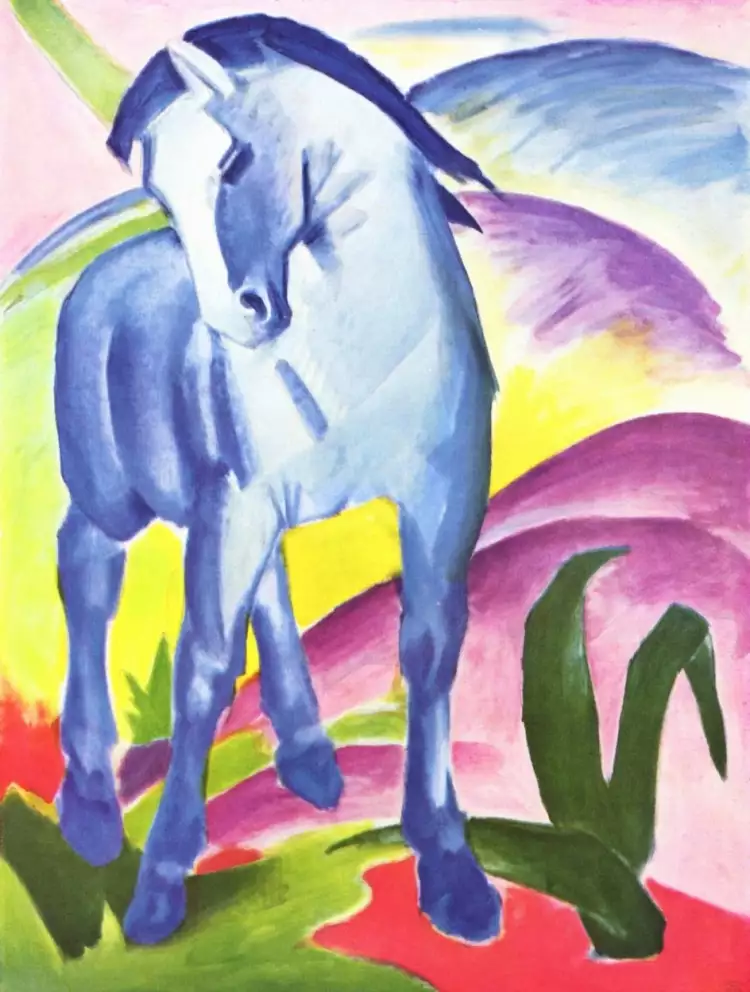 Animalism. Franz Marc. Blue Horse I, 1911
Animalism. Franz Marc. Blue Horse I, 1911
Robert Bateman (b. 1930) – a currently living Canadian master, the author of realistic paintings of animals in the wild.
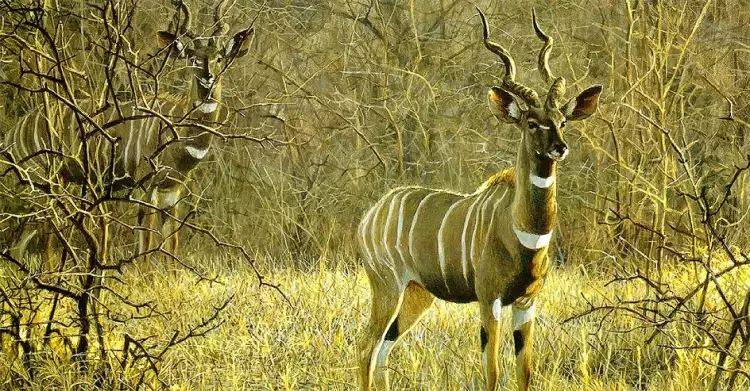 Animalism. Robert Bateman. Lesser kudu
Animalism. Robert Bateman. Lesser kudu
Animalism helps people feel a love for life and nature. Therefore, paintings of this genre captivate the interest of viewers. On the Very Important Lot platform, art enthusiasts always have the opportunity to participate in auctions to acquire original works of art. Here, you can also directly purchase paintings from contemporary artists.
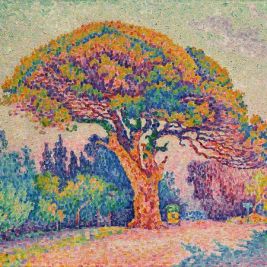 Post-Impressionism is a joyful and unconventional style in painting
Post-Impressionism is a joyful and unconventional style in painting 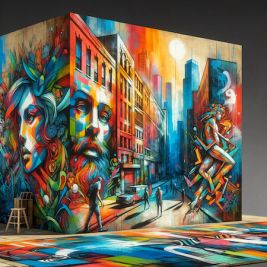 Street Art and Neo-Expressionism: Vital Art Trends of 2023
Street Art and Neo-Expressionism: Vital Art Trends of 2023 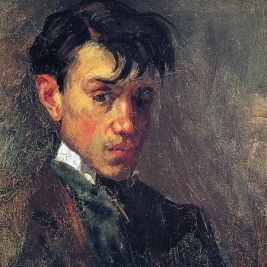 Pablo Picasso was a recognized genius of 20th-century art
Pablo Picasso was a recognized genius of 20th-century art 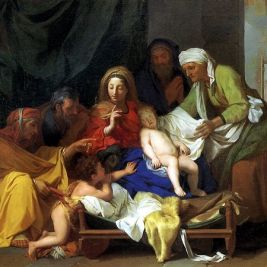 Classicism: strict ideals of high style - characteristics, history, iconic classicists
Classicism: strict ideals of high style - characteristics, history, iconic classicists  Sculpture is the unique art of creating three-dimensional artistic works
Sculpture is the unique art of creating three-dimensional artistic works 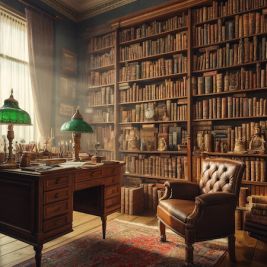 The Rising Trend of Collecting Regional Books in the Antiques Market
The Rising Trend of Collecting Regional Books in the Antiques Market 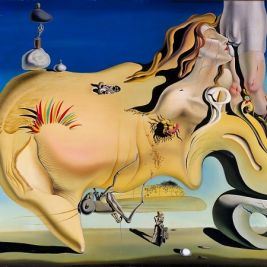 Surrealism is art from the depths of the human subconscious
Surrealism is art from the depths of the human subconscious 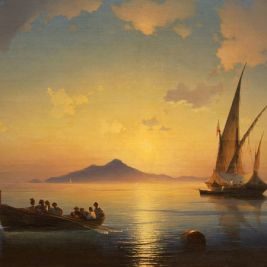 The painting "Bay of Naples" by Ivan Konstantinovich Aivazovsky is an invitation to immerse yourself in the serene beauty of a southern evening
The painting "Bay of Naples" by Ivan Konstantinovich Aivazovsky is an invitation to immerse yourself in the serene beauty of a southern evening  Jazz Style in Interior Design - Creative Legacy of the "Roaring Twenties"
Jazz Style in Interior Design - Creative Legacy of the "Roaring Twenties"  Art, antiques and ancient artefacts. 100th jubilee auction
Art, antiques and ancient artefacts. 100th jubilee auction